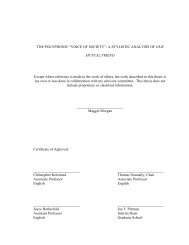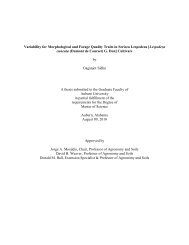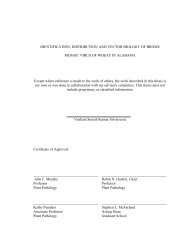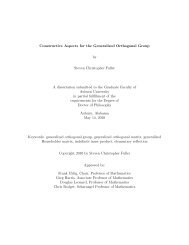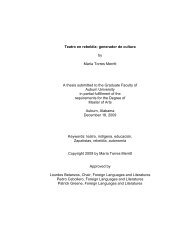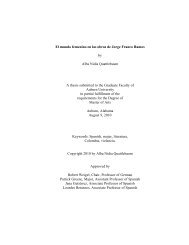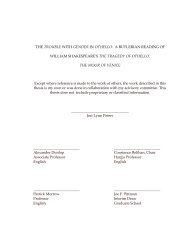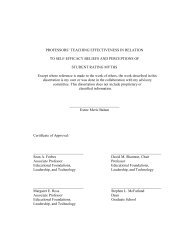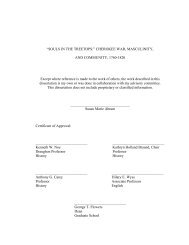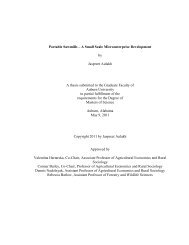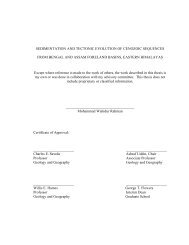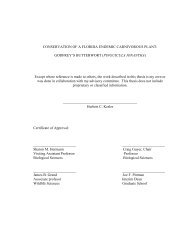Enhanced Polymer Passivation Layer for Wafer Level Chip Scale ...
Enhanced Polymer Passivation Layer for Wafer Level Chip Scale ...
Enhanced Polymer Passivation Layer for Wafer Level Chip Scale ...
You also want an ePaper? Increase the reach of your titles
YUMPU automatically turns print PDFs into web optimized ePapers that Google loves.
5.2 Modeling Procedure<br />
In this project, all packages were subjected to thermal cycle testing and modeled in the<br />
ANSYS V.11.0 finite element program. The thermal cycle environment was simulated and the<br />
finite element model was validated with the actual thermal cycling results. The goal of the<br />
modeling ef<strong>for</strong>t was to achieve good correlation between the actual testing failure mode and<br />
simulation failure mode <strong>for</strong> the two different packages fabricated in this research: standard<br />
WLCSP and SolderBrace material coated WLCSP.<br />
As mentioned in the previous sections, the construction of a finite element model is mainly<br />
composed of the consideration of the package geometry, the material properties, the mesh, and<br />
the loading profile. Several assumptions were specified in the simulation such as uni<strong>for</strong>m<br />
temperature distribution in the package, no initial residual stress, no transient heat transfer, and<br />
gradually applied temperature loading.<br />
5.2.1 Geometry<br />
A 6x6 mm, 36-ball (6x6 Full Matrix) package was analyzed in this study. The schematic<br />
representation of the assembly (standard and SolderBrace-coated WLCSP) is shown in Figure<br />
5.5, where different structural elements and their relative positions have been identified. All the<br />
UBM, soldermask and cupper pads were omitted in the simulation <strong>for</strong> simplicity.<br />
107




